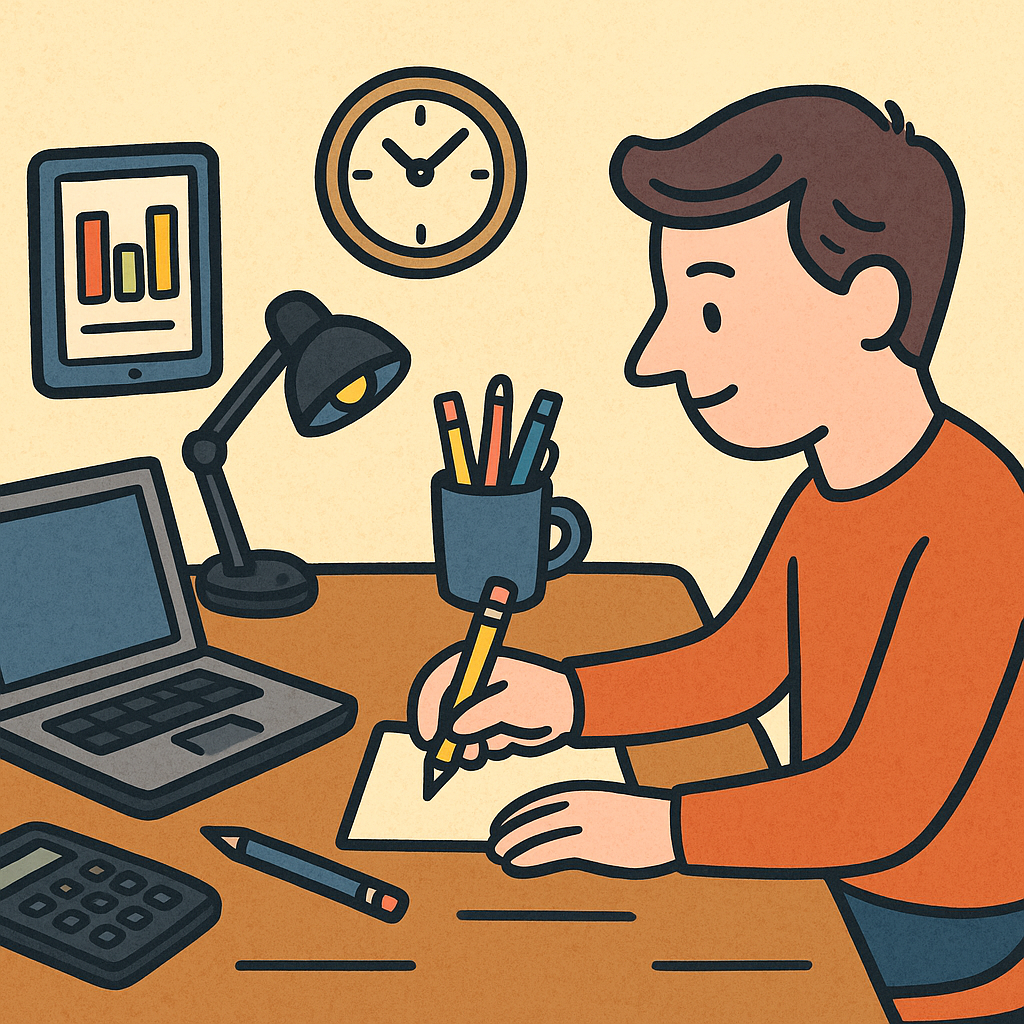More isn’t always better. Why Some People Work Better With Fewer Tools is gaining momentum as digital minimalism reshapes workflows. This article uncovers the science, practices, and emerging trends that show less clutter leads to more clarity.

1. The Science: Cognitive Load & Context Switching
Using multiple tools fragments attention. Each switch adds cognitive load—making it harder to focus and more likely to make mistakes. Research shows deep familiarity with a few tools wins over superficial use of many—“80 % of value comes from 20 % of tools”.
This explains why some people work better with fewer tools: fewer app-switches, less mental juggling, enhanced flow.
2. Digital Minimalism: The Trend with Roots
Termed by author Cal Newport, ‘digital minimalism’ means intentionally curating technology to serve real goals—only keeping what adds value. It’s no fad—it’s gaining traction across industries:
- Remote Work: Workers ditch unnecessary notification noise and overlapping communication tools to reduce Zoom fatigue.
- Enterprise Strategy: Companies conducting tool audits are consolidating tech into lean stacks to cut costs, reduce silos, and promote deep focus.
3. Quality Over Quantity
Cal Newport’s Slow Productivity urges choosing fewer tasks and tools to focus on quality—not visible busyness—thus reducing burnout. This theme is echoed in digital minimalism: using fewer tools deeply, not many tools shallowly.
4. Common Pitfalls of Over-tooling
- Tool Fatigue: Juggling dozens of apps becomes a task itself. Users can spend more time configuring than doing.
- Learning Curve Overload: New tools demand cognitive effort—sometimes more than they save .
- Confirmation Bias (Law of the Instrument): Relying on familiar tools can stifle better alternatives.
5. Why Fewer Tools = More Productivity
A. Lower Cognitive Load
Removing redundant tools reduces mental clutter and frees up working memory.
B. Better Focus
Fewer interruptions = more sustained concentration and flow state.
C. Mastery & Efficiency
Using the same tool consistently builds skill and speed—something shallow tool-hopping can’t match .
6. Practical Guide: Steps Toward Minimal Tools
Step 1: Audit Your Stack
List every tool you use daily. Identify overlap and redundancy.
Step 2: Rate Utility
Ask: does this tool directly support deep work, communication, or revenue? If not, eliminate.
Step 3: Consolidate
Replace multiple specialized apps with fewer multifunctional ones.
Step 4: Set Boundaries
Limit notifications and tool usage windows. Designate “tool-free” work periods.
Step 5: Measure Impact
Monitor productivity, stress, and satisfaction pre- and post-minimization. Adjust after 30 days.
7. Real-World Examples
- Solo professional trims 15 productivity apps to 3 core ones and sees a 20% efficiency boost.
- Marketing team consolidates Slack, Trello, and email threads, ending redundant updates and speeding decision-making.
- Software developers adopt fewer libraries and IDE extensions—gaining faster builds and easier collaboration.
8. The Role of AI in a Minimalist Stack
AI tools often embody minimalism: single tools (chatbots, auto-schedulers) can replace multiple apps. Recent survey shows 62% of workers lean on AI for email, notes, and spreadsheets—but fewer than half have policies governing them . For true benefit, firms must integrate AI deliberately, not scatter tools chaotically .
9. Risks & When More Tools Make Sense
- Specialized roles (e.g., graphic designers) may need varied tool sets for diverse tasks.
- Pick carefully: only add tools with clear value and adequate adoption support.
10. Why Some People Work Better With Fewer Tools
In short, why some people work better with fewer tools comes down to cognitive clarity, reduced distractions, mastery focus, and streamlined workflows. It’s about doing meaningful work—not just managing tools.
Conclusion
In an era of “more is better,” digital minimalism flips the script: simplify to amplify. People and organizations choosing fewer tools often unlock deeper work, less stress, and superior results. Start small: audit, consolidate, and watch clarity and creativity bloom. Embrace intentional tech—work sharp, not scattered.
References
Dubois, Sébastien. In Defense of Using Fewer Tools. 2023. Available at https://www.dsebastien.net
PsicoSmart Blog. “How Minimalism in Time Management Software Can Boost Your Productivity.” 2024. Available at https://blogs.psicosmart.net/
Schwartz, Barry. “Why Less Is Often More.” Psychology Today, 2023. Available at https://www.psychologytoday.com/us/blog/behind-online-behavior






